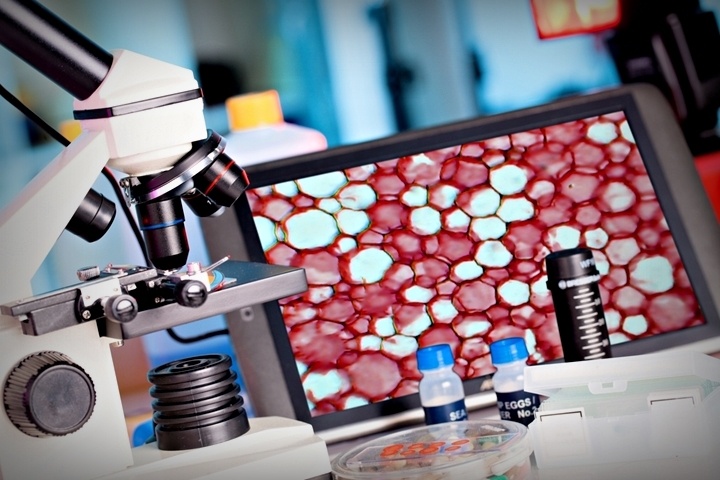
A team of researchers from the Morgridge Institute for Research in Madison led by renowned biologist Jamie Thomson, has developed a new method for creating smooth muscle cells from stem cells. Their process has fewer complications compared to previously developed methods. It will allow them to produce fully functioning arteries for transplantation.
Dr. Thomson has been working in the field of stem cell research for well over 20 years and is famous for discovering the first human embryonic stem cell in 1998. His ambitious project to create a bank of transplantable arteries is one of the most anticipated projects within the medical community.
Thomson’s laboratory decided to focus on transplantable blood vessels because cardiovascular disease remains one of the leading causes of death worldwide. By having a source of blood vessels available for transplantation, millions of lives could be saved each year.
To create arteries in a laboratory, two types of cells are required – smooth muscle cells (which drive organ function and movement) and endothelial cells (which line the blood vessel walls).
The researchers discovered a method for endothelial cells in 2017, but creating smooth muscle cells was still a challenge at that time. This most recent research from Thomson’s laboratory shows that specialised muscle cells can now be created from stem cells, which means there are no more obstacles to producing fully functional arteries.
Other researchers had managed to produce muscle cells from stem cells in the past. However, the commonly used growth factors caused a condition called hyperplasia, which led to grafts using the tissue failing.
Hyperplasia would lead to portions of the cell wall thickening, which caused the arteries to narrow. Thomson’s laboratory has managed to overcome this obstacle and believe that their arteries will be suitable for transplantation.
Source: Researchers Developing Specialized Muscle Cells from Stem Cells
{{cta(‘d62560c2-336a-4f88-9683-44a37a5bd7fd’)}}


